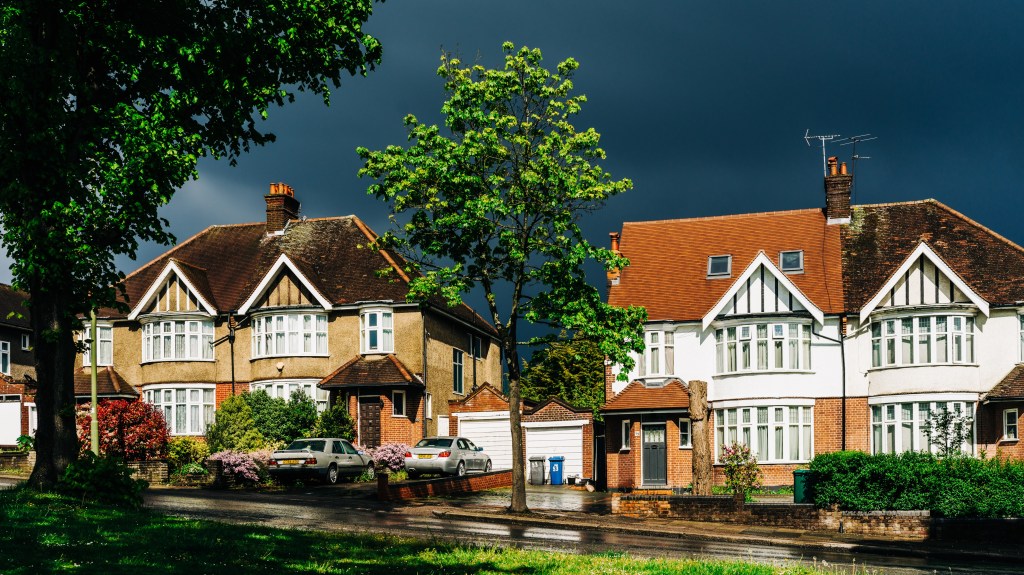UK Housing Market Forecast: Anticipated Price Decline in 2025 Following Highs
The recent surge in house prices during the latter part of this year is expected to reverse as buyers and sellers pull back due to slower-than-expected decreases in borrowing costs. According to Halifax, the UK’s largest mortgage lender, the average house price reached a record £298,083 in December, reflecting a 4.8 percent increase from £284,442 a year earlier. Additionally, transaction volumes have returned to levels seen before the pandemic.
This price growth was largely fueled by a reduction in mortgage rates, which occasionally dipped below the 2023 peak by as much as 1.6 percentage points, as wage increases outpaced inflation. New mortgage borrowers saw their monthly payments drop as a percentage of their earnings from 33 percent to 29 percent.
However, Halifax has warned that this positive trend is not likely to continue, as the anticipated decline in interest rates is expected to occur at a more gradual pace than previously thought. Homeowners who have not yet refinanced may be hesitant to sell their properties in order to avoid an immediate rise in their mortgage rates.
The lender predicts modest growth in house prices for the coming year, estimating an increase in the range of 0 to 3 percent, along with a slight rise in transaction volumes.
Amanda Bryden, the head of Halifax Mortgages, noted: “The year 2024 was surprising for UK property prices. The market remained relatively stable until summer, with most growth concentrated in the latter half of the year.
“While further reductions to the Bank Rate are still possible, these will likely be gradual, and many homeowners with older fixed-rate mortgages expiring next year might face refinancing at significantly higher rates. Nonetheless, positive employment conditions should support sustained buyer demand.”
Halifax’s analysis indicated that property prices for first-time buyers increased by 4.1 percent over the past year, reaching £234,361, while home-mover prices rose by 5 percent to £356,491.
Northern Ireland experienced the highest annual property inflation rate at 6.8 percent, while Scotland reported the slowest growth at 2.8 percent.
Additional data from the Office for National Statistics revealed that private rental prices rose by 9.1 percent in the year leading up to November.
The rise was predominantly driven by a remarkable 11.6 percent increase in London, pushing the average monthly rent for a home in the capital above £2,200 and exceeding £1,300 for an average UK home.
Starting in April, the “nil rate” stamp duty threshold for first-time buyers is set to decrease from £425,000 to £300,000, with this tax applicable in England and Northern Ireland.
Jeremy Leaf, an estate agent based in north London, commented: “The end of the stamp duty concession in March is prompting an uptick in first-time buyer activity, which should positively affect the market by facilitating property chains.
“Nonetheless, the expectation of sustained higher mortgage rates and inflation will likely lead to only a gradual improvement in market activity through early 2025.”




Post Comment